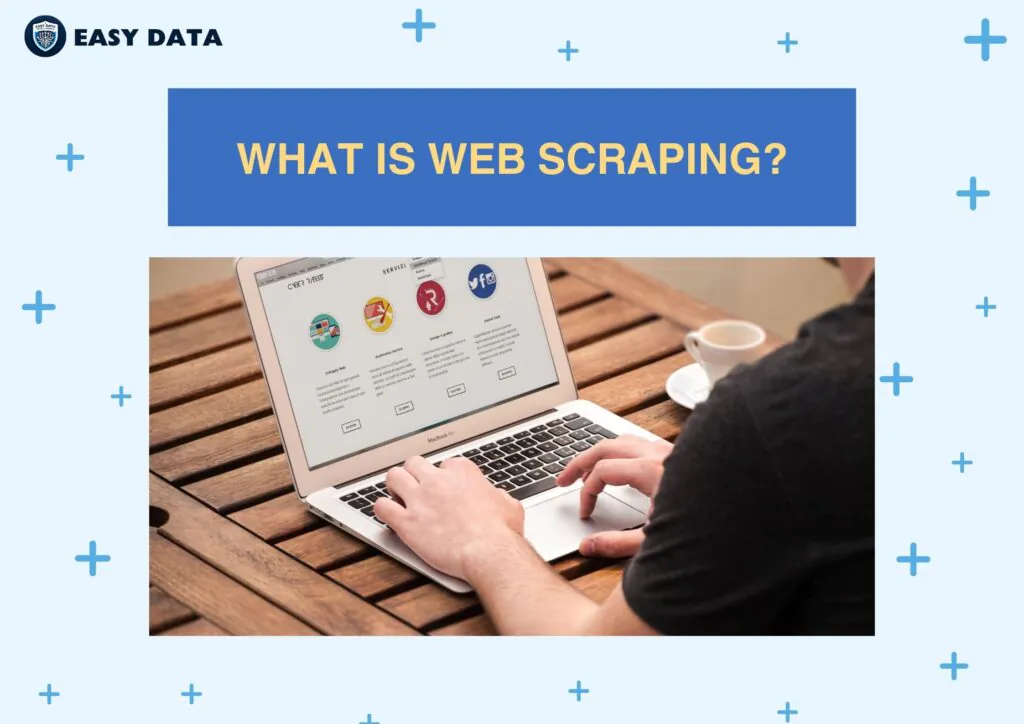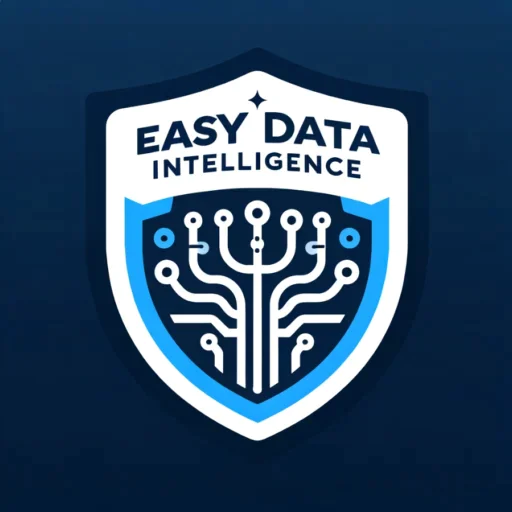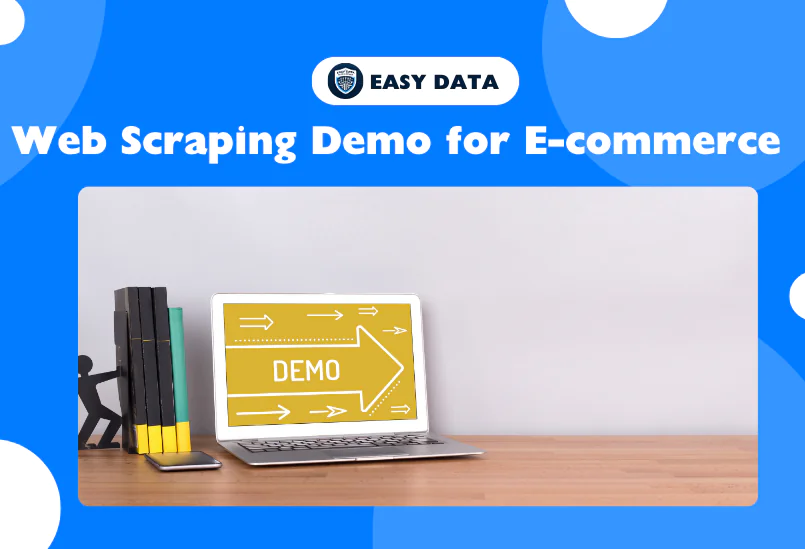In today’s digital age, e-commerce businesses must stay ahead of the competition by gathering accurate, real-time data. One of the most efficient ways to achieve this is through web scraping. Web scraping allows businesses to extract critical data from various e-commerce platforms like prices, product specifications, inventory status, and much more. This article explores how to use web scraping for e-commerce, demonstrating with a detailed web scraping demo for gathering product data.
Whether you’re an online store owner, a competitor researcher, or a market analyst, this guide will provide you with the tools to effortlessly collect valuable product data using web scraping.
What is Web Scraping?

Web scraping is the process of automatically extracting data from websites using bots or software tools. It involves sending a request to a web server, receiving the response, and then parsing the data to extract relevant information, such as product names, descriptions, prices, ratings, and images. Web scraping is an essential technique for e-commerce businesses as it allows them to monitor competitor pricing, stock levels, and product features while also automating data collection for market research or inventory tracking.
Why is Web Scraping Important for E-commerce?
The e-commerce market is highly competitive, and businesses rely on timely, accurate data to make informed decisions. Web scraping offers several benefits to e-commerce businesses:
- Price Monitoring: Prices change frequently in the e-commerce market. Scraping competitor prices regularly helps businesses stay competitive and adjust their pricing strategies.
- Competitor Research: Scraping product listings, descriptions, and reviews from competitors’ websites can help businesses analyze their competition, identify gaps in the market, and improve their own offerings.
- Market Trends: Analyzing product trends across multiple platforms allows businesses to stay updated with customer preferences and market demands.
- Inventory Management: Monitoring the stock levels of popular products on various websites allows e-commerce businesses to adjust their inventories in real-time and avoid stockouts.
- Customer Insights: By scraping customer reviews and ratings, businesses can gather feedback on their products or services and make necessary improvements.
In short, web scraping helps businesses automate the collection of vast amounts of data, saving time and improving decision-making. However, before diving into a demo, it’s essential to choose the right web scraping tools and understand the legal and ethical guidelines.
Choosing the Right Web Scraping Tools
Several web scraping tools can help you extract data from e-commerce websites. Below are a few of the most commonly used tools, which cater to different needs, skill levels, and project sizes:
- BeautifulSoup (Python): A popular Python library for web scraping that is simple to use and great for beginners. BeautifulSoup allows you to parse HTML and XML documents and extract data from them.
- Scrapy (Python): Scrapy is an advanced web crawling and scraping framework that is excellent for large-scale scraping projects. It offers powerful features like handling request delays, retries, and anti-scraping mechanisms.
- Octoparse: This is a no-code web scraping tool that enables non-technical users to scrape data by simply pointing and clicking. It’s ideal for those who want an easy-to-use solution without the need for programming knowledge.
- ParseHub: Similar to Octoparse, ParseHub is a visual web scraping tool that allows users to collect data from websites using a point-and-click interface. It supports a wide range of websites and can handle dynamic content.
- Puppeteer (JavaScript): Puppeteer is a Node.js library that provides high-level APIs to control Chrome or Chromium. It’s perfect for scraping data from modern websites that heavily rely on JavaScript.
- Easy Data: If you need a professional, scalable solution for your e-commerce web scraping needs, Easy Data offers custom scraping services designed to handle complex and large-scale data extraction tasks. Easy Data specializes in scraping data from popular e-commerce platforms like Shopee, Lazada, and more. Their service is ideal for businesses that need a reliable and efficient scraping solution, but don’t want to handle the technical complexities themselves. With expertise in navigating anti-scraping measures and providing structured data, Easy Data ensures accurate, up-to-date product data that can be directly integrated into your systems. Visit Easy Data’s website for more details.
For this guide, we will focus on BeautifulSoup, as it is easy to use for beginners and works well with static websites. Let’s walk through the steps to scrape e-commerce product data using BeautifulSoup.
Web Scraping Demo for E-commerce: Step-by-Step Guide

This section provides a step-by-step guide for scraping product data using BeautifulSoup. The data we will scrape includes product names, prices, descriptions, and images from a mock e-commerce product page.
Step 1: Installing the Required Libraries
Before you can begin scraping data, you need to install the necessary libraries. You will need requests to fetch the web page and BeautifulSoup to parse the HTML content.
Open your command prompt or terminal and install these libraries using pip:
Copied!pip install requests pip install beautifulsoup4
Step 2: Fetching the Web Page
To scrape data, we first need to retrieve the HTML content of the web page. Here’s how you can send an HTTP request to a website and get its content.
Copied!import requests from bs4 import BeautifulSoup # URL of the product page to scrape url = 'https://www.example.com/product-page' # Send a GET request to fetch the content of the page response = requests.get(url) # Parse the HTML content using BeautifulSoup soup = BeautifulSoup(response.content, 'html.parser')
In this example, we’re sending a request to the url of a product page and then parsing the HTML content using BeautifulSoup.
Step 3: Extracting Product Data
Once you have the page content, you can extract specific data points, such as the product name, price, and description. Here’s how to extract those values:
Copied!# Extract the product name product_name = soup.find('h1', class_='product-title').get_text() # Extract the product price product_price = soup.find('span', class_='product-price').get_text() # Extract the product description product_description = soup.find('div', class_='product-description').get_text() # Extract product images (optional) product_images = [img['src'] for img in soup.find_all('img', class_='product-image')] # Print the extracted data print('Product Name:', product_name) print('Price:', product_price) print('Description:', product_description) print('Product Images:', product_images)
In this code:
- We use the find method to locate the first instance of an HTML element (e.g., product title, price).
- For product images, we use the find_all method to retrieve all img elements, and then extract the src attribute to get the image URLs.
Step 4: Storing the Data
Once the data is extracted, you can store it in a structured format like CSV, JSON, or a database. Below is an example of how to save the data into a CSV file:
Copied!import csv # Write the data to a CSV file with open('product_data.csv', mode='w', newline='') as file: writer = csv.writer(file) writer.writerow(['Product Name', 'Price', 'Description', 'Product Images']) writer.writerow([product_name, product_price, product_description, ','.join(product_images)])
This script writes the scraped product data to a CSV file, which you can then open in Excel or import into a database for further analysis.
Step 5: Handling Anti-Scraping Measures
Many e-commerce websites have anti-scraping mechanisms in place, such as CAPTCHA or IP blocking. To avoid being blocked, you can implement a few strategies:
- Rotating User Agents: Change the User-Agent header to mimic different browsers.
- Proxies: Use a list of proxy IP addresses to rotate your requests.
- Delays between Requests: Introduce random delays between requests to avoid overwhelming the server and mimic human browsing behavior.
Here’s an example of rotating user agents:
Copied!import random # List of user agents user_agents = [ 'Mozilla/5.0 (Windows NT 10.0; Win64; x64) AppleWebKit/537.36 (KHTML, like Gecko) Chrome/91.0.4472.124 Safari/537.36', 'Mozilla/5.0 (Macintosh; Intel Mac OS X 10_15_7) AppleWebKit/537.36 (KHTML, like Gecko) Chrome/92.0.4515.159 Safari/537.36', 'Mozilla/5.0 (Windows NT 6.1; WOW64; rv:45.0) Gecko/20100101 Firefox/45.0' ] # Randomly choose a user agent for each request headers = {'User-Agent': random.choice(user_agents)} # Send request with custom headers response = requests.get(url, headers=headers)
Step 6: Scaling Up Your Scraping
As your e-commerce business grows, you may need to scrape data from multiple websites or pages. This is where advanced tools like Scrapy or distributed scraping solutions come in. Scrapy is a powerful framework that can handle large-scale scraping projects, including managing multiple requests, parsing data, and storing it in a structured format.
If you are handling a large amount of data, you may want to consider cloud solutions or integrating your scraping tasks with a cloud-based service to scale your efforts. For more information on scalable web scraping, visit EasyData.io.vn.
Key Considerations When Web Scraping for E-commerce
Before diving into web scraping, it’s important to consider the following:
- Legal and Ethical Issues: Not all websites allow scraping. Always check the website’s robots.txt file or Terms of Service to ensure that scraping is allowed. Scraping without permission can result in legal action or being blocked from the site.
- Data Accuracy: Ensure that the data you’re scraping is accurate and up-to-date. Regularly check the data to avoid using outdated or incorrect information, which could negatively impact your business decisions.
- Respect Website Policies: Many e-commerce websites offer APIs that allow users to access their data in a structured format, which is often a more reliable and efficient method than scraping. Consider using these APIs whenever possible.
Conclusion
Web scraping is a game-changer for e-commerce businesses looking to collect real-time data on competitors, prices, products, and customer sentiment. By following this web scraping demo, you can quickly and efficiently gather valuable product data to gain a competitive edge.
If you’re looking for an easy and scalable web scraping solution for your e-commerce business, easydata.io.vn provides professional services that can handle your data extraction needs. With the right tools, techniques, and strategies, web scraping can help you unlock the full potential of your e-commerce business.


Leave a Reply